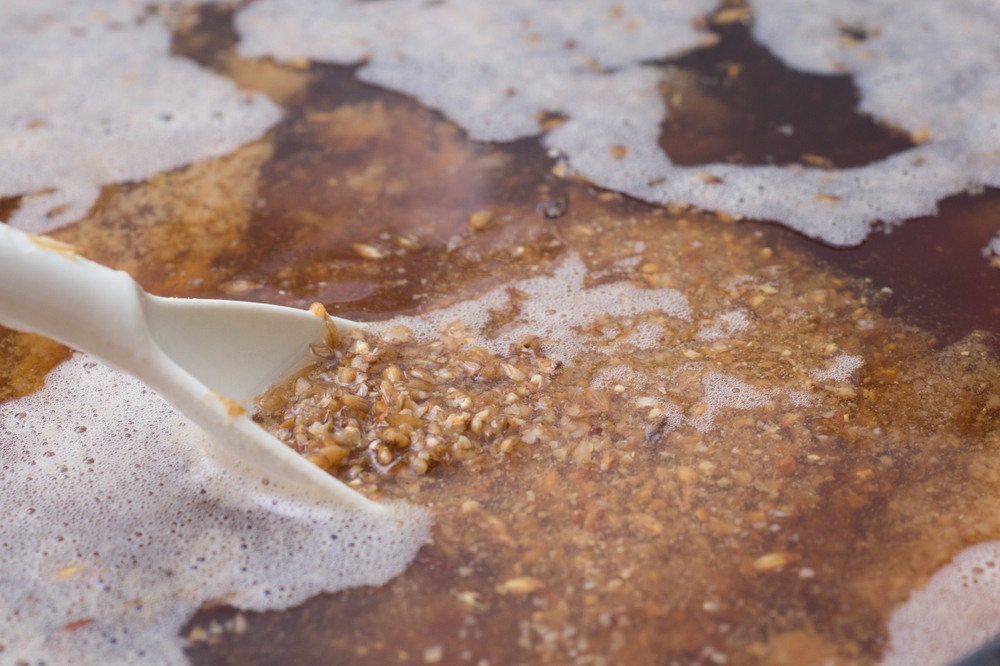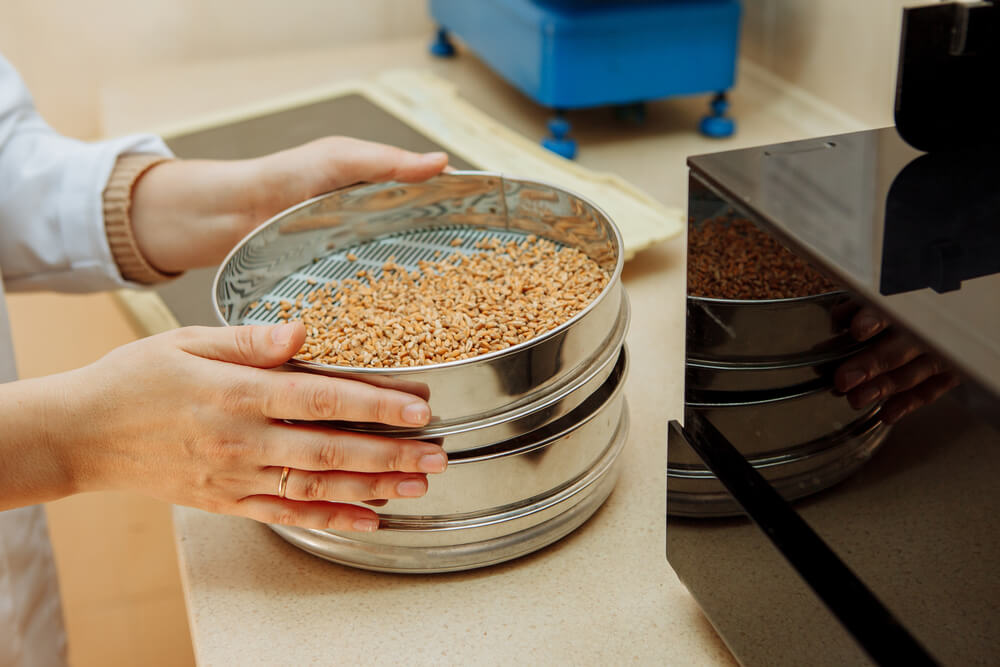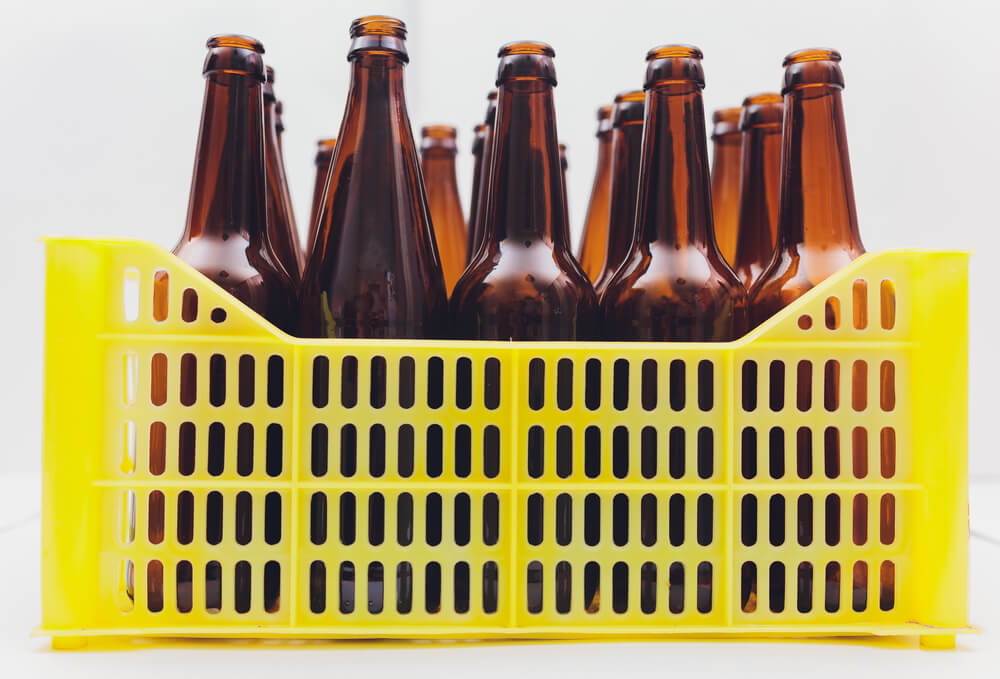In this article, we’ll answer one of the big questions in all-grain brewing; how much water does grain absorb during the mash?
As we have been learning and experimenting with all-grain brewing, we’ve been challenged with the amount of water we use to get a good 5-gallon batch of wort.
At first, we thought that this was just a guessing game, but it turns out there is a way to calculate the amount of water you need.
One of the essential parts of this calculation is understanding how much water is absorbed by grain during the mash. We’ve started including this value in our water calculations, and it has made a difference in the results we achieve in both our wort and finished beer.
To help you understand water consumption during the mash, we’ll discuss how much water grain absorbs and how grain absorption impacts the quality of your final beer.
Grain Absorption Explained

To start our discussion, we feel it is vital to explain what grain absorption is, when it happens, and why it’s so important.
When you’re all-grain brewing, grain absorption is the process where malt grains take up some of the water we add during the mash. When we mill our grain, we increase its available surface area and therefore maximize the amount of water absorbed.
Water absorption into the grain is essential for releasing the sugars necessary for fermentation.
The amount of grain and the type of grains used in your brew will directly relate to the amount of grain absorption that occurs during the mash. Therefore, it is important to understand grain absorption when accounting for water in your recipe and brewing calculations.
Predicting Grain Absorption
One of the critical factors in calculating the amount of water necessary for a batch of beer is the amount of water lost to grain absorption. Therefore, grain absorption will be a set factor in your water calculations.
The amount of water absorbed is directly related to the amount of grain you are using in your recipe. Obviously, the more grain you use, the more water is absorbed. However, adding more grain when it’s not called for won’t necessarily help your brew, so there is a balancing act you’ll need to be aware of.
When brewing, a good rule of thumb is that most grains absorb between 0.1 and 0.2 gallons of water per pound of grain. Therefore, if you want to make a higher gravity beer, you will need more grain and thus more water.
However, it is important to consider the size of your mash tun when determining grain and water ratios. There is a point when adding more grain will lower the gravity of your beer.
In general, it is good to remember that more than two pounds of grain per gallon of water will reduce the sugar content in your wort, and therefore reduce the original gravity of your wort.
If you get to a place in your brewing experience where you have beers that you brew consistently, you can calculate the absorption rate pretty accurately by measuring the wort OG during the mash. This takes a lot of time, but for your favorite beers, it’s worth the effort.
Grain Absorption Impacts on Brew

If you do not correctly account for grain absorption in your water calculations, it can impact the quality of your final beer. The most significant impact of grain absorption and knowing how much water your grain will absorb is in the OG of your wort.
If you are brewing a beer that should have high gravity and don’t allow for enough water absorption, you’ll likely end up with not enough volume of wort.
There are two solutions to this problem:
- You’ll need to be OK with less final volume or,
- You will need to adjust by adding additional water.
Keep in mind that if you add water to your mash to make up for grain absorption, the OG of your wort will be lower. Since gravity is directly related to fermentation and yeast productivity, an original gravity that is out of range means you’ll probably not end up with the beer you intended to brew.



